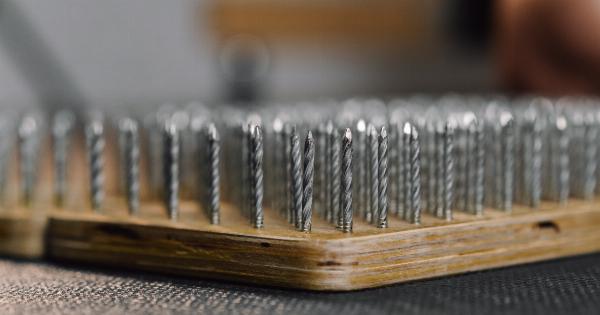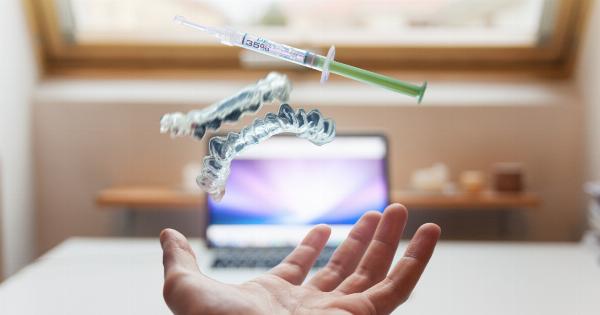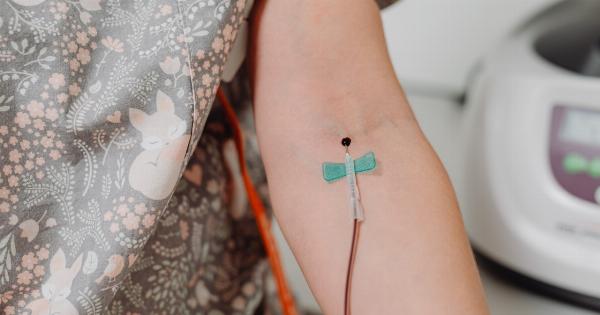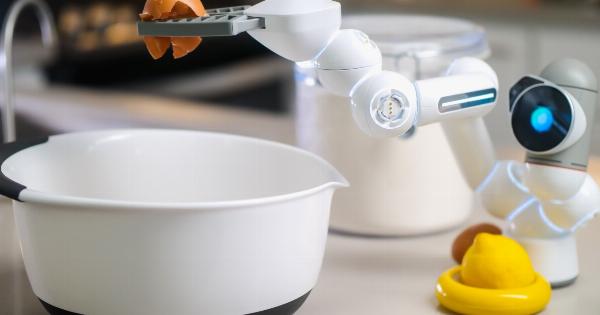Peripheral fistula, characterized by an abnormal connection between blood vessels and organs, can cause significant discomfort and complications.
Traditional treatment approaches for peripheral fistula often involve invasive surgical procedures, which may carry risks and require extensive recovery periods.
Fortunately, a revolutionary endoscopic procedure has emerged as a groundbreaking solution for providing lasting relief to individuals suffering from peripheral fistula.
This minimally invasive technique offers numerous benefits and has shown remarkable success rates in treating this challenging condition.
The Benefits of the Endoscopic Procedure
The endoscopic procedure for peripheral fistula offers several notable advantages compared to traditional surgical interventions. These benefits include:.
- Minimally Invasive: Unlike open surgery, the endoscopic procedure involves making small incisions and using specialized tools to access and treat the affected area. This approach minimizes trauma to surrounding tissues and reduces the chances of complications.
- Improved Accuracy: Endoscopic procedures utilize advanced imaging technologies, such as real-time ultrasound and fluoroscopy, allowing precise visualization of the fistula and accurate navigation during the treatment process.
- Reduced Risk of Infection: With smaller incisions and minimized exposure of the internal organs, the risk of developing post-operative infections is significantly lowered.
- Faster Recovery: The minimally invasive nature of the endoscopic procedure promotes faster healing and allows patients to resume their regular activities sooner compared to traditional surgical approaches.
- Low Recurrence Rates: Studies have shown that the endoscopic procedure offers excellent long-term results with low recurrence rates of peripheral fistula, providing lasting relief to patients.
The Procedure Details
Prior to the endoscopic procedure, patients will undergo a comprehensive evaluation to determine the exact location, size, and characteristics of the peripheral fistula.
This assessment allows the medical team to plan the optimal approach for treatment.
During the endoscopic procedure, a small flexible tube with an attached camera, known as an endoscope, is inserted through a small incision near the affected area.
This camera provides a clear view of the fistula and surrounding tissues, allowing the medical team to visualize the abnormal connection in detail.
Using specialized instruments, the surgeon carefully seals off the abnormal connection, promoting the formation of healthy tissue and preventing further complications.
The endoscopic procedure enables precise treatment, even for fistulas located in challenging anatomical areas.
Throughout the procedure, the medical team monitors the progress using real-time imaging technologies, ensuring the accuracy of the treatment and optimizing patient safety.
Once the fistula is sealed, the incision is closed using dissolvable sutures or adhesive strips.
Recovery and Post-Procedure Care
Following the endoscopic procedure, patients can typically expect a shorter recovery period compared to traditional open surgery.
Discomfort and pain levels are generally minimal, and patients may need to take oral pain medication for a short duration as recommended by their healthcare provider.
It is crucial to follow the specific post-procedure instructions provided by the medical team. These instructions may include caring for the incision site, taking prescribed medications, and gradually returning to regular activities.
Any potential signs of infection or complications should be reported immediately to the healthcare provider.
Regular follow-up appointments will be scheduled to monitor the healing progress, ensure the success of the procedure, and address any concerns or questions that may arise during the recovery period.
Success Rates and Patient Satisfaction
The endoscopic procedure has shown remarkable success rates in treating peripheral fistula, providing long-term relief for patients.
Studies have demonstrated high rates of fistula closure and low rates of recurrence, confirming the effectiveness and durability of this innovative technique.
Patient satisfaction with the endoscopic procedure is also consistently high due to its many benefits and faster recovery compared to traditional surgical approaches.
The reduced pain, minimized scarring, and improved quality of life make this procedure an ideal choice for individuals suffering from peripheral fistula.
Conclusion
The revolutionary endoscopic procedure offers a game-changing solution for individuals seeking lasting relief from peripheral fistula.
With its minimally invasive nature, improved accuracy, and low risk of complications, this innovative technique provides patients with numerous advantages over traditional surgical interventions.
By undergoing the endoscopic procedure, patients can expect faster recovery, reduced pain, and excellent long-term results.
The remarkable success rates and high patient satisfaction associated with this procedure further establish it as a groundbreaking treatment option for peripheral fistula.































